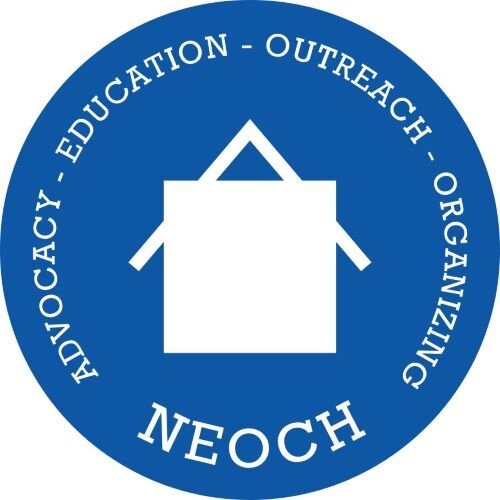Housing Authority Under Threat
by Brian Davis
For the past five years the public housing authority has endured three or four months of drama as politicians test various strategies to cut funding for housing low income individuals in order to balance the federal budget. Usually, there are cuts in some areas and increases in others and the agency struggles to pay increasing costs with level funding. This year with control of Congress and the Executive Branch in the hands of either deficit hawks or small government advocates, there is a heightened sense of insecurity.
Scott Pollack, Executive Assistant at the Cuyahoga Metropolitan Housing Authority, said, “At this point, we are getting funding at 90% of last year, but that is still not a final number. We have a $4.5 million shortfall, but we have not made any big decisions,” about how to balance the books in the long term according to Pollack. CMHA has cut back on purchasing and slowed down the hiring process while the budget is debated. The last resort will be layoffs and reductions in housing.
CMHA had set goals to reduce the number of vacant units in their public housing portfolio, and is still committed to those goals. Over the past five years they have increased their occupancy rate by nearly 10%. Complicating matters is just in the last eight months the waiting list has exploded. The number of people waiting for public housing held steady at 6,000 people for three years, but has climbed to 9,000 people since October 2002. If the entire population currently housed moved out, CMHA would still not be able to house the entire waiting list at this point.
Pollack said the growing waiting list was an example of the growing need for affordable housing. He also said that CMHA was “doing a better job, and does not have the stigma that there used to be.”
There are proposals to eliminate the Hope VI redevelopment program operated by the local housing authorities. This is a pool of resources that assists in tearing down old public housing units and then replacing those in smaller complexes in areas of lower poverty. The proposal does not have broad support among tenants because in many cities the program eliminates hundreds of units with only a small number built as replacements. Pollack believes that there is enough Congressional support that would prevent the elimination of the Hope VI proposal.
Besides the threat to the budget, CMHA is facing a serious threat to the voucher program called Section 8. This program, administered by CMHA, allows a household to pay 30% of their income with a voucher that they can use with any landlord who will accept the voucher. There are serious threats to turning the program into a block grant to the states. This would change the oversight of the program from the Department of Housing and Urban Development to each of the 50 states. The states, currently facing the largest budget crisis in history, would be expected to administer and supplement the program if necessary. It is anticipated that states could divert resources to other housing programs, could establish time limits for housing, or could demand more than 30% of the family’s income.
Pollack characterized the atmosphere in Washington as “a little more extreme than we have seen in the past.” He said, “There is no real checks or balances,” which he indicated made the situation with CMHA very unsure. Public housing has long had very few champions, and were the subject of community and political opposition, but in Cleveland 13,000 people receive a housing voucher through CMHA, and nearly 9,000 people are housed in the units. Changes in the solvency of the local public housing authority would have a dramatic impact on the landscape of the city.
Copyright to the Northeast Ohio Coalition for the Homeless and the Homeless Grapevine Cleveland Ohio 2003.
